
The great irony in the title of Dungeons & Dragons’ most popular setting is that we’ve never been allowed to forget it. Since the 1980s, when the genre we’d recognize as the RPG was born, any year without a release that takes us to the Sword Coast, or Icewind Dale, or the dungeons beneath Waterdeep has been an exception. If history is made up of stories that exist in the collective memory, then the city of Baldur’s Gate is as real as Los Angeles or New York. Strange, then, to think of a time when the Realms existed only within the bounds of a single head, situated somewhere in the suburbs of Toronto in the mid-1960s. The author Ed Greenwood invented the setting in his childhood daydreams, scribbling stories that followed a wheezing, Falstaff-inspired rogue named Mirt the Moneylender from port to port as he dodged his creditors. Where Mirt moved, the world grew, ultimately spawning the stretch of coastal cities where the lion’s share of Forgotten Realms games still take place. Greenwood imagined the Realms to be part of a multiverse including Earth, a world which humanity had visited but quite literally forgotten—hence the name, and the knights and dragons that so resembled archetypes from Earth’s own mythology.
When Dungeons & Dragons invaded hobby shops across the West, Greenwood began telling his stories on the tabletop, filling in the gaps at the behest of his players. By the time he sold his hand-drawn master maps to Dungeons & Dragons’ initial publisher, TSR, the continent of Faerûn and its best-known landmarks were firmly established.
Diese Geschichte stammt aus der October 2021-Ausgabe von PC Gamer US Edition.
Starten Sie Ihre 7-tägige kostenlose Testversion von Magzter GOLD, um auf Tausende kuratierte Premium-Storys sowie über 8.000 Zeitschriften und Zeitungen zuzugreifen.
Bereits Abonnent ? Anmelden
Diese Geschichte stammt aus der October 2021-Ausgabe von PC Gamer US Edition.
Starten Sie Ihre 7-tägige kostenlose Testversion von Magzter GOLD, um auf Tausende kuratierte Premium-Storys sowie über 8.000 Zeitschriften und Zeitungen zuzugreifen.
Bereits Abonnent? Anmelden
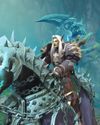
"The War Within itself has kept me coming back most evenings too"
WORLD OF WARCRAFT remains my jailer, and I couldn't be more pleased about it
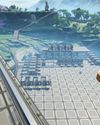
OK BUILDER
SATISFACTORY is the new titan in building and crafting games

HELL YES
DIABLO IV: VESSEL OF HATRED is a transformative expansion
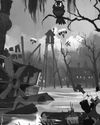
MOUSE: PI FOR HIRE
This mouse wants to be more than just a gimmick

WINDBLOWN
Dead Cells dev's new roguelike has me afraid for my free time
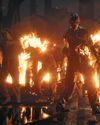
NO MORE ROOM IN HELL 2
As the zombie horde surrounded me just moments after taking down my two remaining teammates, the writing was really on the wall. Armed with just a chef's knife, it was clear I stood no chance, but I was going down swinging, hoping for a miracle... it didn't come.

OWNED BY STEAM
VALVE cordially reminds you that your games aren't yours

CURSE OF THE AZURE BONDS
These classic games haven't aged badly, but I sure have.
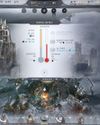
DEEP FREEZE
Endure a blizzard of tough choices and rough consequences in FROSTPUNK 2
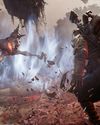
NEW HORIZONS
Building up REMNANT 2 outside the live service game grinder